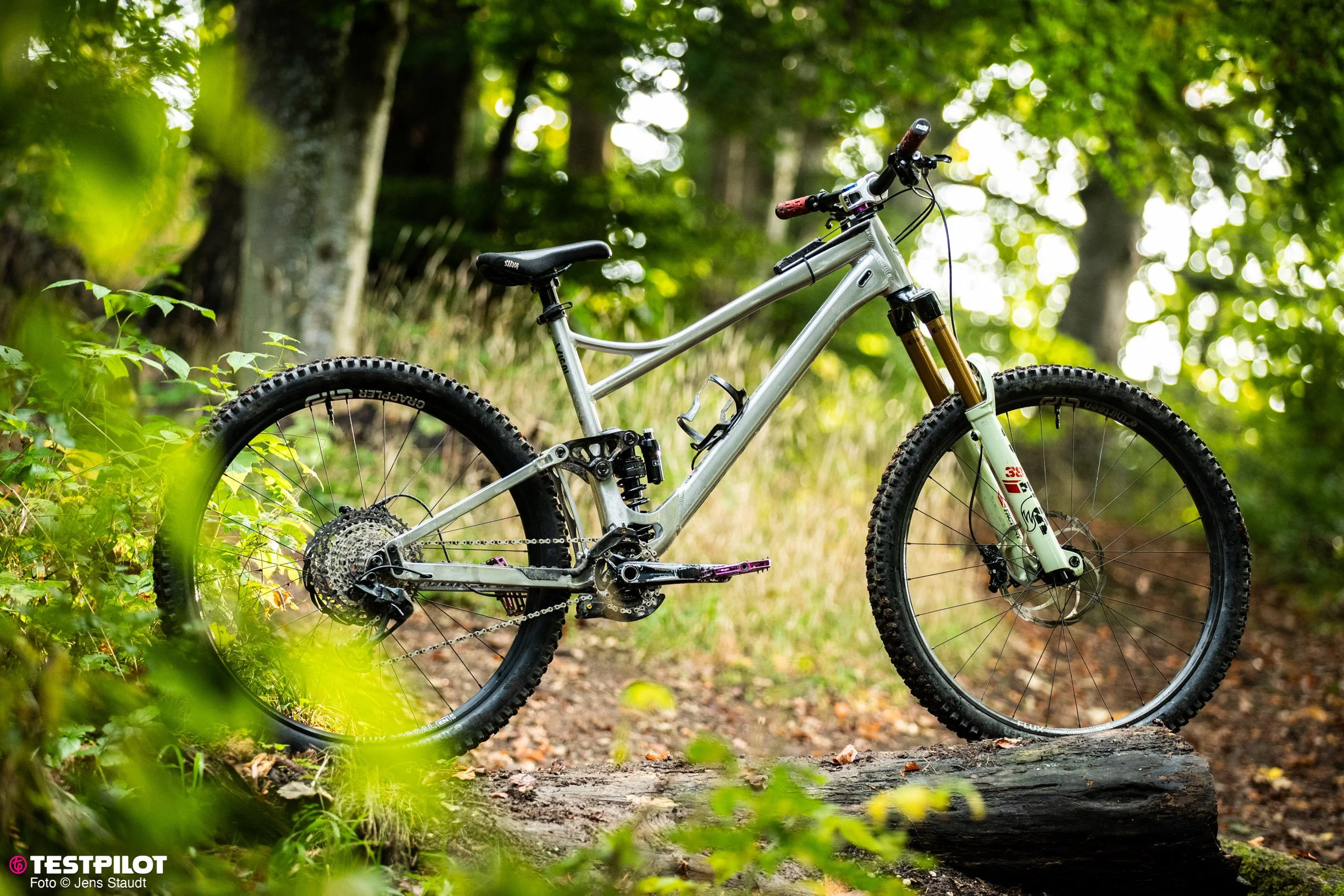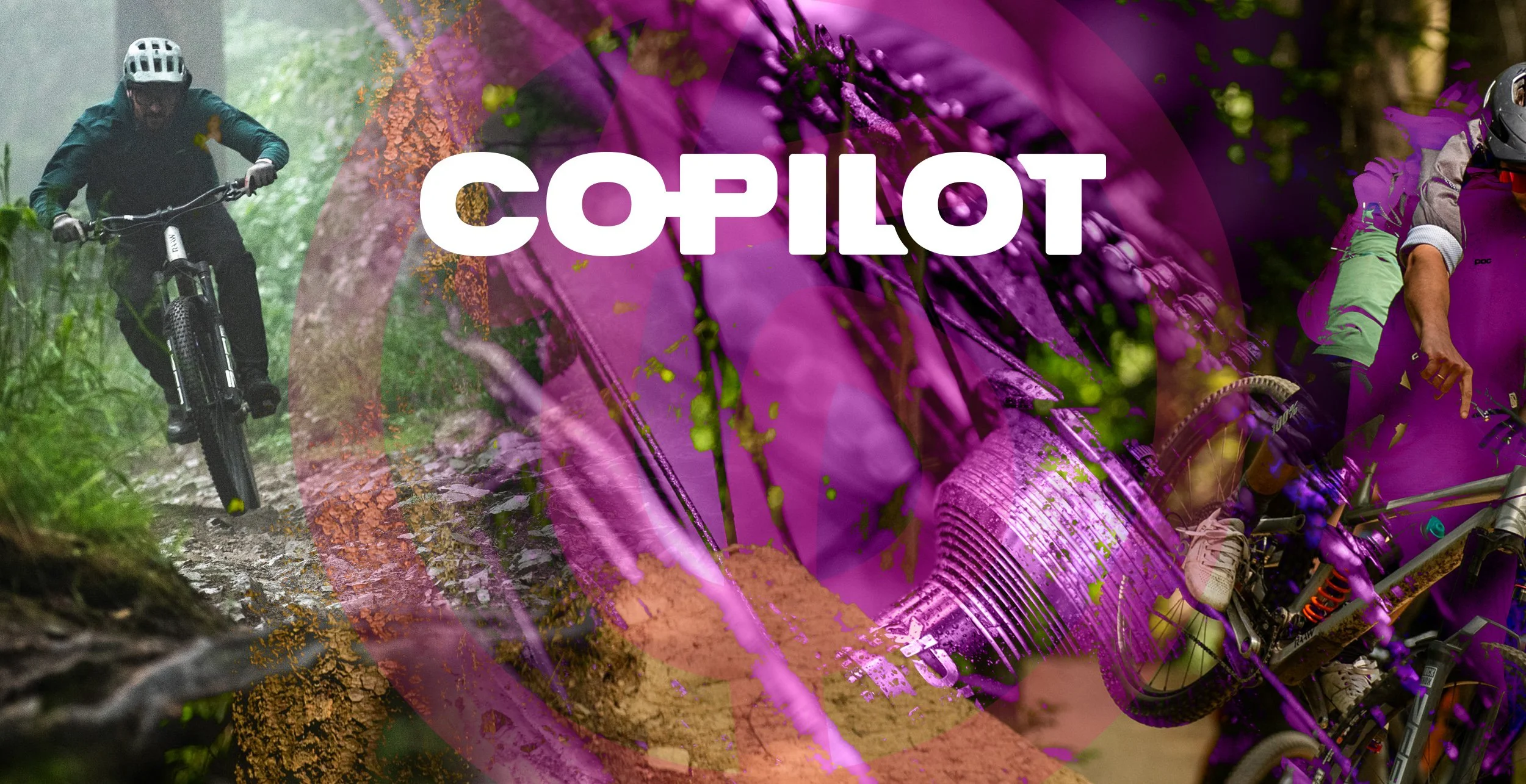Eurobike 2025: The E-MTB drive unit overview
Lesezeit: 6 – 8 Minuten
Eurobike 2025 has once again demonstrated that the e-bike sector continues to grow stronger. More and more new manufacturers are pushing into the market with their drive systems, all eager to claim their share of the pie. Competition is great for the consumer – we can only hope this eventually has a positive impact on prices as well.This year, the spotlight is on powerful, compact, and efficient motor systems. We’ve taken a look at the most interesting innovations and evaluated what they mean for e-MTB riders. Enjoy the overview!
More Eurobike news can be found here.
Ananda M230: Reliability from the Far East
We begin with Ananda’s M230 motor. Weighing in at 2.8 kg and offering up to 100 Nm of torque and around 800 W of power, it’s a robust drive unit for demanding trails. Ananda is a key supplier for many brands and scores points for proven technology. However, the brand still has some catching up to do when it comes to ride feel. Riders looking for natural-feeling support may have to make compromises here.
Bafang: Efficient for Urban Use
Alongside its traditional mid-drive motors, Bafang also showcased hub motors, which are particularly interesting for city and urban e-bikes. These units are very efficient and pleasantly quiet but require a bit of momentum before full torque kicks in. A good choice for flat terrain – less suitable for steep trails.
Commencal Meta SX with DJI Motor: Lightweight with Power
One of the show’s highlights was the Commencal Meta SX featuring a DJI drive unit. Like several other manufacturers, Commencal is turning to one of the newer motor options outside the established Bosch systems. The DJI motor promises 850 W peak power and 105 Nm of torque, all integrated into a lightweight e-MTB design.Call me a sceptic, but I remain curious to see whether DJI can match the after-sales and service structures of long-standing players like Bosch and Shimano.
E2 Drives & Owuru: Consistent Power through Gear Drive
E2 Drives presented an unconventional concept with its Owuru motor. This system uses gearing to keep the weight centrally located around the bottom bracket, which eases the load on the suspension. A belt drive also removes unsprung weight at the rear wheel. Whether this concept will prove itself off-road remains to be seen – but the potential for improved ride dynamics is definitely there.
Gobao (Hepha P101): Cadence-Based Support
The Hepha P101, technically a Gobao motor from Shenzhen, offers 100 Nm of torque. What makes it interesting is its cadence-based support: the motor continues to provide assistance even when the rider briefly reduces pedal force, making torque input via the cranks less critical.
A Pro version with 120 Nm is already in the pipeline – but the question remains: do we really need that much power?
Mahle: The Quiet DJI Challenger?
Mahle, known for supplying systems to brands like Specialized, introduced a motor that strongly resembles DJI’s. With 850 W and 110 Nm, it’s a direct competitor. Mahle already has experience in the e-MTB world – which could be a decisive advantage.
Maxon & Urtopia: Ultra-Compact Motors for Better Geometry and Kinematics?
Maxon and start-up Urtopia presented ultra-compact motors that open up new possibilities in frame design. The Maxon drive unit weighs just 2 kg and delivers 90 Nm and 600 W peak power, while Urtopia employs a concentric shaft motor that optimises weight distribution.
The small footprint of both systems allows frame designers more freedom in shaping kinematics – and the bikes look sleeker too.
Pinion MGU: Gearbox and Motor Combined
No cassette and no derailleur at the rear wheel – this could (or perhaps should) be the future. Improved suspension performance and a centralised centre of gravity help with agility. We hope this system continues to develop – time will tell whether it can hold its own against the competition.
The Moustache Clutch with Pinion MGU delivers 12 gears with a 600% gear range and a 780 Wh battery powered by a Gates Carbon Drive. Hassle-free riding could – or should – become the new standard.
Yamaha PWX: A Comeback with a New Strategy?
Yamaha quietly unveiled the next generation of its PW-X motor – but the Japanese giant’s market strategy raises some questions. After unexpectedly pulling out of the US e-MTB market last year, Yamaha is now focusing on Europe.
Why? It likely stems from an attempt to sell complete bikes with an integrated service network, similar to its motorcycle approach. But the plan didn’t quite work out.
Now Yamaha is partnering with Brose, a well-established motor specialist. Exactly how this partnership will function is still unclear – particularly how service structures will be integrated. Yamaha’s global dealer network is a plus, but the technology must deliver.
The new motor provides 100 Nm of torque and 800 W peak output – but as with many manufacturers, it’s unclear whether these figures refer to battery, motor, or wheel output. Clear industry standards would be welcome here.
Rotwild REX900: DJI Instead of Shimano – But Why?
An intriguing case is the Rotwild REX900, which originally launched with a Shimano drive but has now been relaunched with a DJI motor. The reason behind the switch remains unclear – perhaps Rotwild is responding to strong demand for DJI systems.
Regardless, the REX impresses with excellent frame geometry and an integrated 860 Wh carbon-case battery. Will the slightly larger DJI motor affect the ride feel? We’re keen to find out.
Urtopia: Minimalist Motor with Maximum Potential
A fascinating newcomer, Urtopia offers an ultra-compact motor reminiscent of ZF technology. The concentric wave design allows for optimised weight distribution and greater freedom in frame construction.
Ideal for gravel or road e-bikes where discreet technology is preferred. Simple installation also makes it attractive for home users – a concept with real potential for the future.
Conclusion: Is the Race for More Power Still On?
Eurobike 2025 made one thing clear: motors are becoming ever more powerful and capable. But the key question remains: do we really need 100 Nm or more off-road?
Many systems with 90 Nm already ride brilliantly – and until battery technology becomes lighter, high-power motors will continue to come with weight penalties. That extra mass quickly eats up the performance benefits, leaving you with a heavy, cumbersome bike...
So if you're planning to buy a new e-MTB in 2026, don’t just focus on the motor’s specs. Ideally, get out on the trail and test which system actually suits your riding style best.
You want more Eurobike NEWS?
Author – Alex Boyce
Height: 183 cm
Weight: 90 kg
Riding style: It is not all about the fastest time or the racing line to enjoy a bike ride. A bike is a tool to enjoy your time out on the trails. Not necessarily with a motor, but it will help.
Motivation: Alex's background on technology pushes him into the details of everything. How are e-bike motors built? How is software affecting a ride experience? What are current industry norms? All these are his passions.







